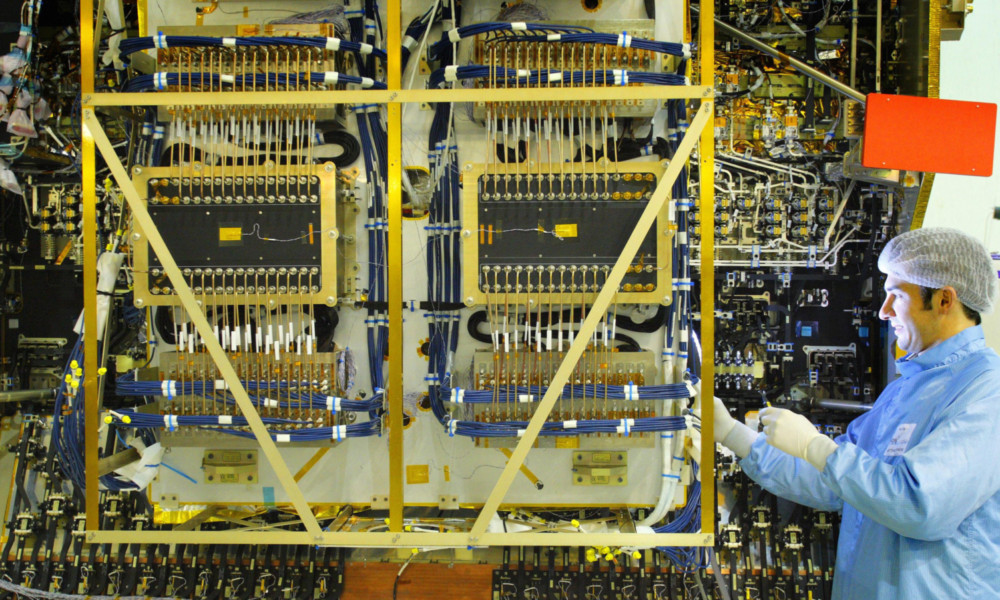Crucial economic figures will this week reveal if the UK managed to dodge a triple-dip recession amid mounting warnings over the strength of the recovery and the latest downgrade blow.
Most economists are predicting the initial estimate of gross domestic product (GDP) on Thursday will show growth of 0.1% in the first three months of the year, which would mean the economy narrowly avoided its third recession since 2008.
But experts are cautioning it will be a very close-run result after a volatile start to the year following snowstorms in January and March and ongoing pressure in the construction sector.
Concerns are also likely to remain over the strength of the recovery even if the economy did eke out growth, with Fitch becoming the second ratings agency to strip Britain of its prized AAA rating on Friday, citing a weaker economic outlook and worse-than-expected progress on cutting debt levels.
Its ratings cut to AA+ came after incoming Bank of England governor Mark Carney also sparked fears by branding the UK a “crisis economy” alongside stricken eurozone countries and Japan.
The brutal assessment, made on the fringes of the International Monetary Fund’s Washington meeting, followed comments by IMF chief Christine Lagarde that UK growth numbers were “not particularly good”.
The IMF slashed UK growth forecasts from 1% to 0.7% for this year and 2014’s projection from 1.9% to 1.5% as it said the private sector was being hampered by a lack of credit and economic uncertainty.
While Chancellor George Osborne is sticking by his deficit-busting programme, a Downing Street spokesman admitted last week the UK was facing “very, very tough times”.
The economy was left on the brink of a triple-dip recession after output shrank by 0.3% in the final quarter of last year.
Activity in the first quarter has so far been erratic, but there are hopes that a better performance from the powerhouse services sector and bounce back among manufacturers after a dire January will be enough to see GDP return to growth.
And while retail sales showed a worse-than-expected 0.7% drop in March, sales in the first quarter overall still rose by 0.4%.
Philip Shaw, economist at Investec Securities, is forecasting 0.1% growth, but said there was a risk that last month’s snow hit activity more than expected, “suggesting there is a good chance the economy was flat and that it is possible that it contracted”.
Vicky Redwood from the consultancy Capital Economics, said: “The chances of a further contraction in GDP in the first quarter are pretty much 50/50.”
She added: “We should not let the somewhat meaningless debate about the triple-dip distract from the big picture that this recovery is still depressingly dismal.”
Economists are looking to Mr Carney to inject some radical thinking into how the Bank can spur on the economy when he starts in July.
Policymakers have held off from pressing the button on more economy boosting measures amid worries over the impact on the pound after it plunged in value at the start of the year, while inflation has also risen to its highest level in nearly a year at 2.8%.
The Bank saw its remit overhauled in the Budget to officially give it more flexibility in targeting inflation at 2%, but may hold off from more action on the economy until Mr Carney’s arrival.
